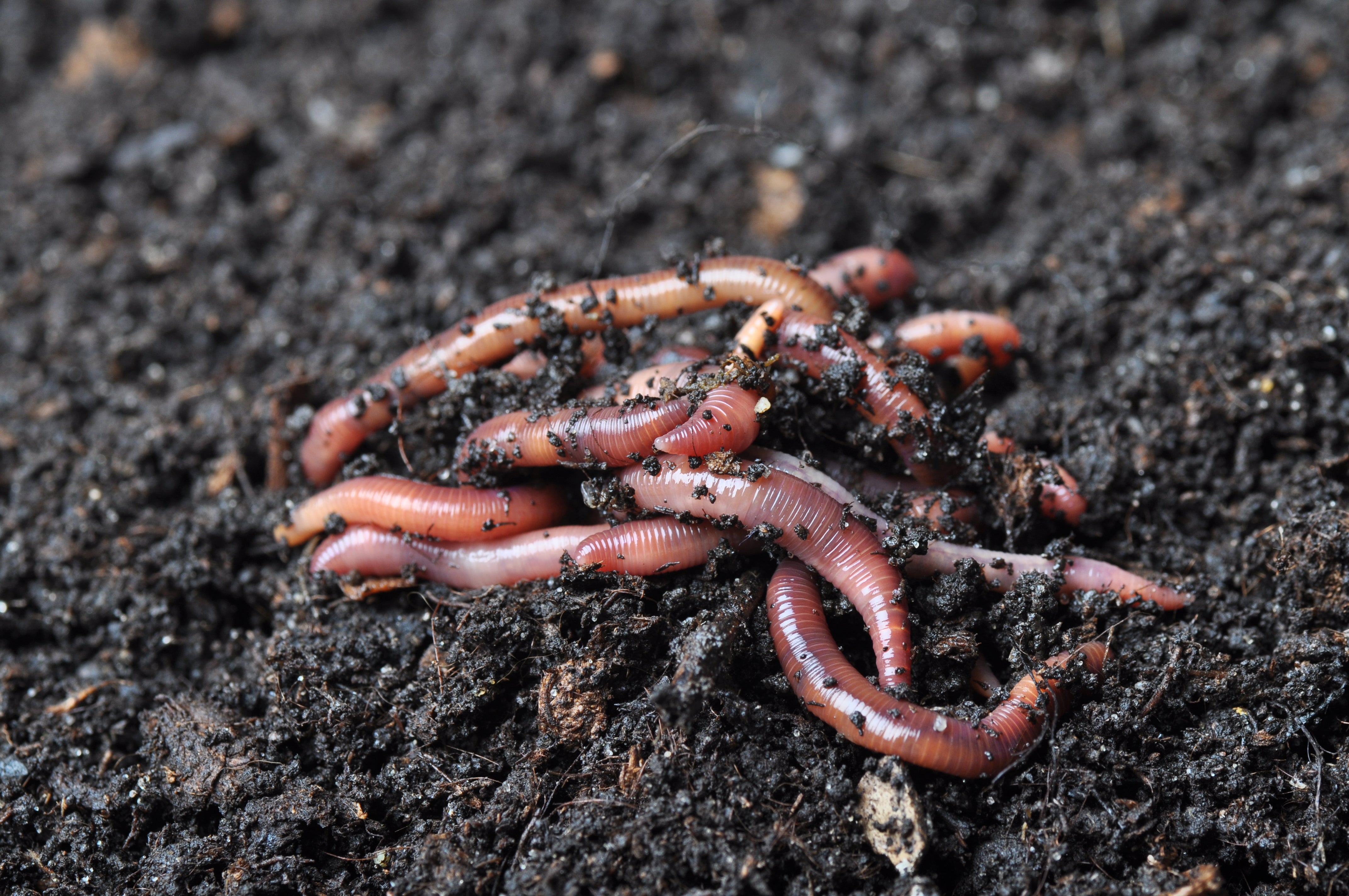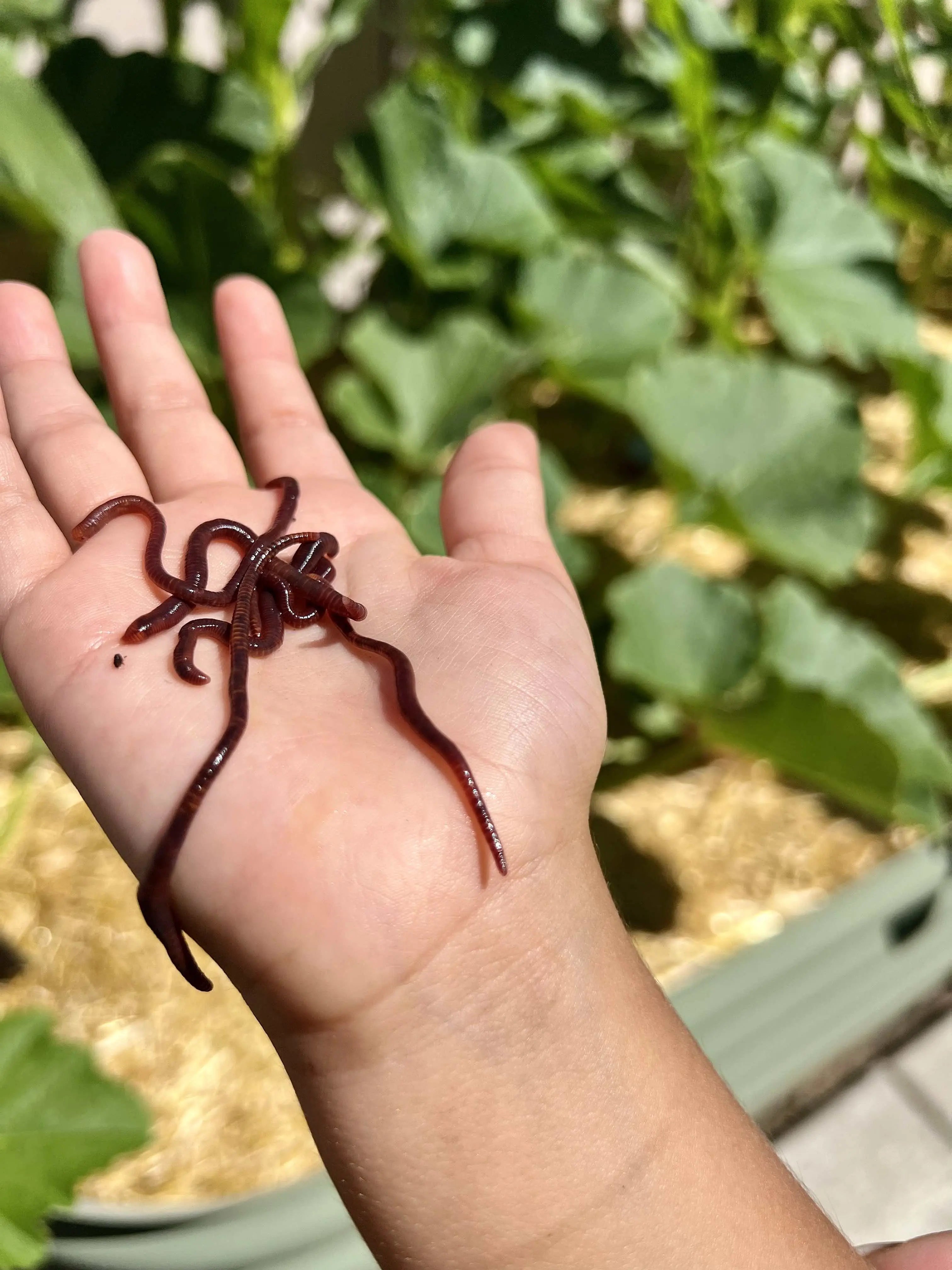Red Wigglers: The Unsung Heroes of Organic Waste Recycling
Red wigglers, or Eisenia fetida, serve as important agents in the organic waste reusing process, transforming discarded products into valuable vermicompost. As the globe progressively seeks solutions to combat waste buildup and boost agricultural productivity, understanding the duty of these worms comes to be necessary.
What Are Red Wigglers?
The exceptional durability of red wigglers, medically recognized as Eisenia fetida, highlights their vital function in organic waste recycling. These small, reddish-brown earthworms are normally found in disintegrating natural matter, such as compost heap and manure loads. Lake Hickory Bait. Unlike other earthworm types, red wigglers thrive in nutrient-rich settings and are extremely effective at breaking down natural materials, making them important for vermicomposting

(Red Wiggler Express)In addition to their function in waste decrease, red wigglers contribute to dirt health by improving soil structure and aeration with their delving tasks (Lake Hickory Bait). Their presence in composting systems not only boosts decomposition rates yet also advertises a lasting approach to squander monitoring, illustrating their value in ecological conservation efforts
Advantages of Composting With Worms
Composting with worms, specifically red wigglers, supplies numerous advantages that improve both waste monitoring and soil wellness. These worms effectively damage down natural waste, converting it into nutrient-rich vermicompost that enriches dirt. This process increases decay, enabling a quicker recycling of kitchen scraps and other natural products contrasted to conventional composting techniques.
In addition, the vermicompost produced by red wigglers is including advantageous microbes, which help boost soil framework, oygenation, and wetness retention. This boosts the general health of plants, promoting strenuous development and boosted returns in gardens and agricultural settings. The usage of worms in composting reduces the production of greenhouse gases, such as methane, adding to a much more sustainable waste management system.

How to Start Vermicomposting
Establishing a vermicomposting system is a straightforward process that can yield significant advantages for both waste click here for more info monitoring and dirt enrichment. To start, choose an appropriate container, such as a plastic bin or wooden box, with adequate air flow openings to make certain appropriate air flow. The dimensions must ideally be around 2 feet by 3 feet, permitting ample room for the worms to prosper.
Following, prepare bed linens product, which can include shredded newspaper, cardboard, or coconut coir. This bed linens must be moistened to create an ideal environment for the worms. Once the bedding remains in place, present red wigglers (Eisenia fetida) into the bin, generally around one pound of worms for every single square foot of area.
Following the positioning of worms, include organic waste, such as fruit and veggie scraps, coffee grounds, and crushed eggshells. Stay clear of adding milk, meat, or oils, as these can produce smells and draw in pests. Ultimately, position the container in a shaded, temperature-controlled location to preserve optimum problems for worm task. With these actions, you will properly initiate a vermicomposting system that adds to sustainable waste management and improves your dirt.
Preserving a Healthy Worm Bin
(Lake Hickory Bait)Keeping a worm bin growing requires regular interest and treatment to guarantee the wellness of the red wigglers and the performance of the composting procedure. Appropriate upkeep begins with keeping track of the moisture degrees; the container ought to perspire but not soaked. An excellent guideline is to keep a consistency similar to a wrung-out sponge.
Oygenation is essential also. Delicately mixing the bed linen and food scraps every few weeks protects against compaction and makes sure that all worms have accessibility to oxygen. In addition, it is very important to feed the worms properly. A well balanced diet of fruit and veggie scraps, coffee premises, and crushed eggshells must be supplied in small amounts to prevent overfeeding, which can result in smells and parasites.
If the container comes to be too warm or cold, the worms may end up being stressed. By diligently taking care of these aspects, one can preserve a robust and productive worm bin.
Influence On Lasting Living
The effective upkeep of a worm container not just profits the health and wellness of red wigglers however likewise contributes considerably to lasting living practices. By reusing organic waste, such as cooking area scraps and lawn particles, red wigglers assist draw away significant amounts of product from landfills. This reduction in waste not just lowers greenhouse gas exhausts but additionally reduces the environmental problem linked with waste monitoring.
Moreover, the castings created by red wigglers function as a nutrient-rich natural fertilizer, enhancing dirt wellness and promoting plant growth. This all-natural option to chemical fertilizers supports lasting farming and horticulture techniques, minimizing reliance on synthetic inputs that can damage ecological communities. Additionally, worm composting fosters understanding of waste monitoring, encouraging individuals and areas to take on even more sustainable habits.

Conclusion
In recap, red wigglers serve as crucial factors to organic waste reusing via their reliable decomposition of organic materials. By incorporating vermicomposting into waste management techniques, people and neighborhoods can considerably decrease waste while promoting ecological sustainability.